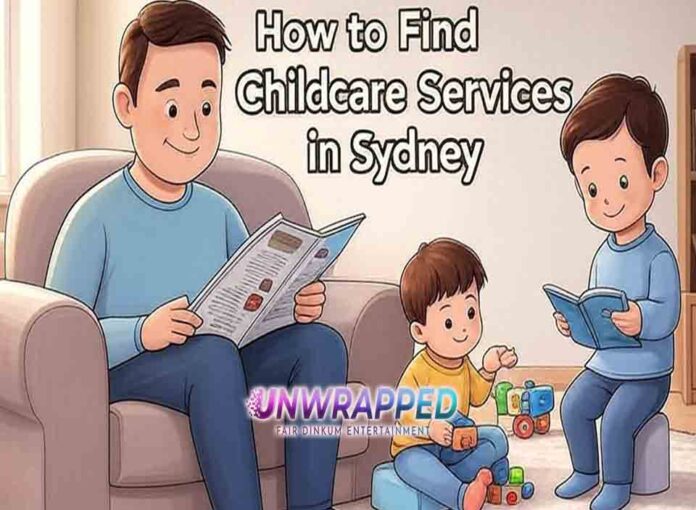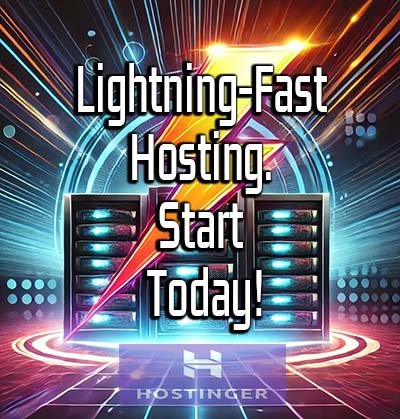Finding reliable, high-quality childcare is one of the most important—and often stressful—tasks for families living in Sydney. Whether it’s for returning to work, supporting early learning, or simply finding time to rest, the right childcare service can dramatically impact a child’s development and a parent’s peace of mind. With dozens of options available—from daycare centres and family daycare to nannies and occasional care—the challenge lies in filtering through the noise and choosing the right fit.
In a city as diverse and fast-paced as Sydney, parents need more than a generic list—they need guidance tailored to the local landscape. This comprehensive guide walks through how to navigate childcare services in Sydney, breaking down the types of care available, how to access subsidies, what to ask providers, and how to know when you’ve found “the one.” Whether you’re in the Inner West, the North Shore, or out in the Hills District, this article makes your childcare search smarter, faster, and stress-free.
Understanding the Types of Childcare in Sydney
Before beginning the search, it’s essential to understand the main types of childcare services available in Sydney:
Long Day Care Centres
These are formal, regulated centres that operate on a full-day basis, usually from 7:00 AM to 6:00 PM. Staffed with qualified educators, they follow the Early Years Learning Framework (EYLF) and are ideal for working parents seeking consistency. Many offer infant care through to preschool programs.
Family Day Care
Offered in the homes of registered educators, family day care is a smaller, more intimate setting. It can be ideal for parents looking for flexible hours and a home-like environment. Educators are trained and registered with a coordination scheme.
Preschool or Kindergarten
These are designed for children aged 3–5, typically operating on school terms and hours (e.g., 9:00 AM–3:00 PM). Preschools focus heavily on preparing children for school, both socially and academically.
Occasional Care
As the name suggests, this care is designed for short-term or ad hoc use. It’s perfect for parents needing time for appointments, errands, or part-time work. Not every area has this option, but it’s worth investigating if flexibility is key.
Nannies and Babysitters
For those looking for care in their own home, hiring a nanny or babysitter can offer convenience and one-on-one attention. This option is generally more expensive but can suit families with non-standard working hours or multiple children.
See Also: Reasons Childcare Centres are Better Investments Than Other Types of Businesses
Where to Start the Search: Top Platforms and Tools
Sydney parents have access to a wide range of digital tools that simplify the process of finding childcare.
StartingBlocks.gov.au: An Australian Government website that allows parents to search for local childcare services, check ratings, and compare fees and facilities. It’s one of the most reliable platforms with detailed insights into National Quality Standards (NQS) ratings.
CareforKids.com.au: A user-friendly platform with parent reviews, waitlist information, and service availability. You can filter by suburb, childcare type, hours, and more.
Gowrie NSW: A non-profit that operates early learning centres across Sydney and provides parent resources on choosing care.
Facebook parenting groups: Local community groups such as “Inner West Mums” or “Sydney North Shore Parents” can be great for recommendations, reviews, and honest feedback from real parents.
How to Check a Centre’s Quality
Every childcare service in Sydney is rated by the Australian Children’s Education and Care Quality Authority (ACECQA) under the National Quality Framework. Services are assessed against seven key areas including educational programming, health and safety, and relationships with children.
You can view a centre’s current rating—ranging from “Working Towards” to “Exceeding”—on platforms like Starting Blocks. Be sure to visit the centre in person to observe the following:
Cleanliness and organisation
Interaction between educators and children
Outdoor play space and learning resources
Communication style with parents
Child-to-educator ratios
Questions Every Parent Should Ask When Touring a Childcare Centre
Whether visiting a centre in the CBD or in suburban Blacktown, the questions below can help parents make informed choices:
What is the educator-to-child ratio in each age group?
How are naps, meals, and toileting handled?
Is there a daily routine or flexible schedule?
How do you manage allergies, medical plans, or additional needs?
What qualifications do staff members hold?
How is communication with parents handled—apps, calls, daily notes?
Is there a waitlist, and how long is it typically?
Bringing a checklist to each visit ensures consistency in comparisons.
Understanding Childcare Costs and Subsidies in Sydney
Childcare isn’t cheap, but the Child Care Subsidy (CCS) helps ease the burden. The CCS is based on family income, activity level (e.g., working, studying), and the hourly rate cap.
According to Services Australia, most families are eligible for some level of support. To apply, parents must:
Be enrolled with Centrelink
Choose an approved provider
Confirm enrolment through the MyGov portal
It’s worth noting that not all services charge the same. Long day care centres may range from $100 to $180 per day, while family day care can be lower. Always confirm whether fees include meals, nappies, and other essentials.
The Importance of Location and Logistics
In a city as large as Sydney, commute times matter. Choosing a centre close to home, work, or a transport hub like Central Station or Parramatta can make a big difference. Parents should factor in:
Drop-off and pick-up hours
Traffic patterns in their area
Parking availability
Proximity to siblings’ schools
Some employers even partner with childcare providers to offer on-site care or subsidized placements—be sure to ask the HR department about options.
People Also Love: Workplace Culture Shifts: Celebrating Parenthood in the Office
Alternative and Niche Childcare Options
Sydney is home to several alternative childcare approaches, including:
Montessori centres
Steiner (Waldorf) preschools focusing on creativity and natural play
Bush kindergartens, where learning happens outdoors rain or shine
Bilingual or cultural care centres catering to language preservation
These options tend to have strong communities and specific philosophies, making them ideal for families with unique values or preferences.
When and How to Join a Waitlist
It’s never too early to join a waitlist. Some high-demand centres in Sydney (especially in suburbs like Newtown, Bondi, or Lane Cove) have waiting times of 12 months or more. Here’s what parents should do:
Join multiple waitlists (many charge small fees)
Confirm if priority of access applies (e.g., working parents, siblings)
Stay in regular contact to express ongoing interest
Ask about occasional or casual placements in the meantime
Call to Action: Start the Search with Confidence
The best time to begin exploring childcare is before you’re desperate for a spot. With waitlists growing and demand increasing across Sydney, preparation is key. Use the platforms and resources above to make a shortlist, schedule tours, and get ahead of the curve.
Bookmark this guide, share it with other parents, and take control of your childcare journey today. Whether you’re new to Sydney or simply navigating a new phase of parenting, the right care is out there—it just starts with asking the right questions.
Conclusion
Finding childcare in Sydney isn’t just about location or price—it’s about trust, values, and long-term development. From government-backed centres to nature-based bush kindies, Sydney offers a wide variety of options. But the best choice will always be the one that suits your child’s temperament, your family’s routine, and your peace of mind.
By combining research, visits, and open dialogue with educators, families can confidently select a service that nurtures growth, independence, and joy. In a world where every day counts, the right start begins with the right care.
Another Must-Read: The Cost of Raising a Child in Australia










